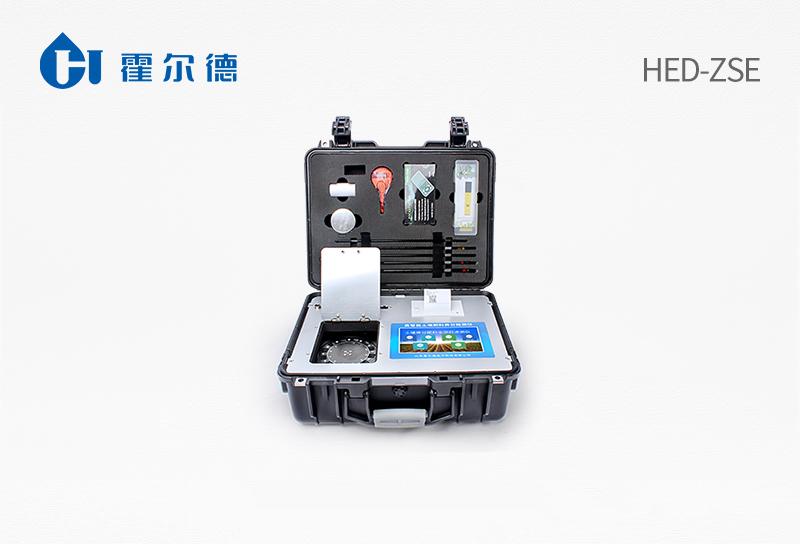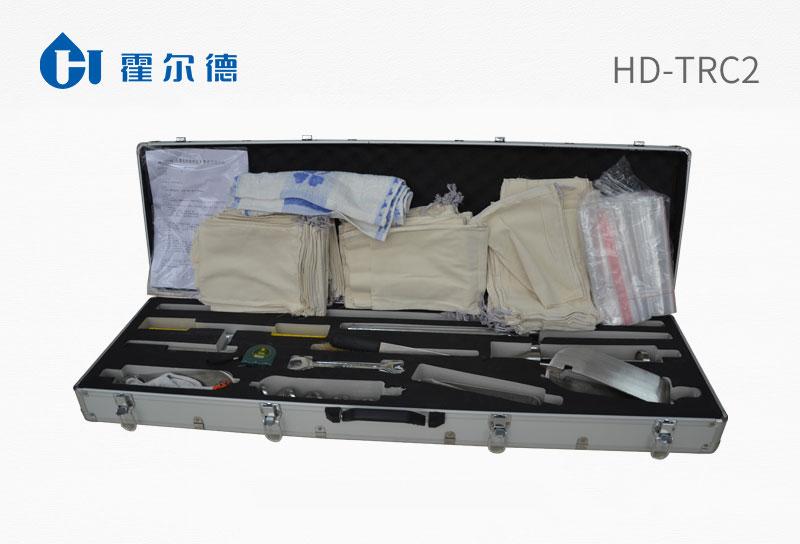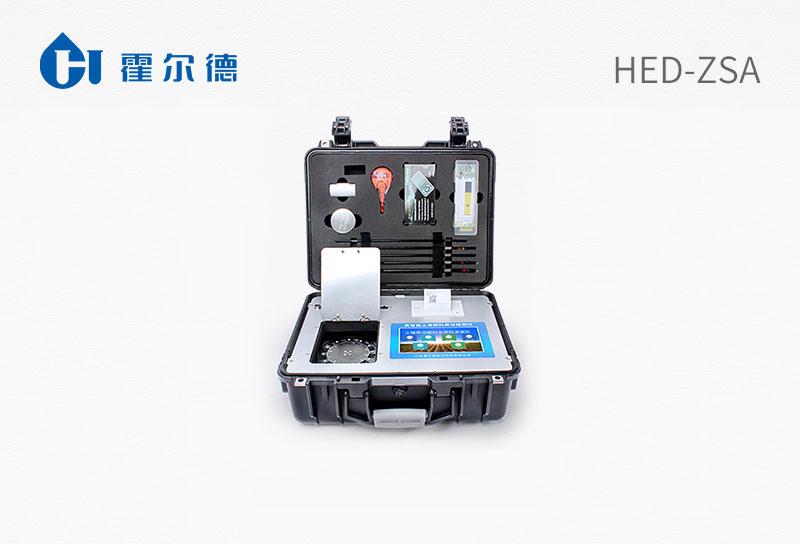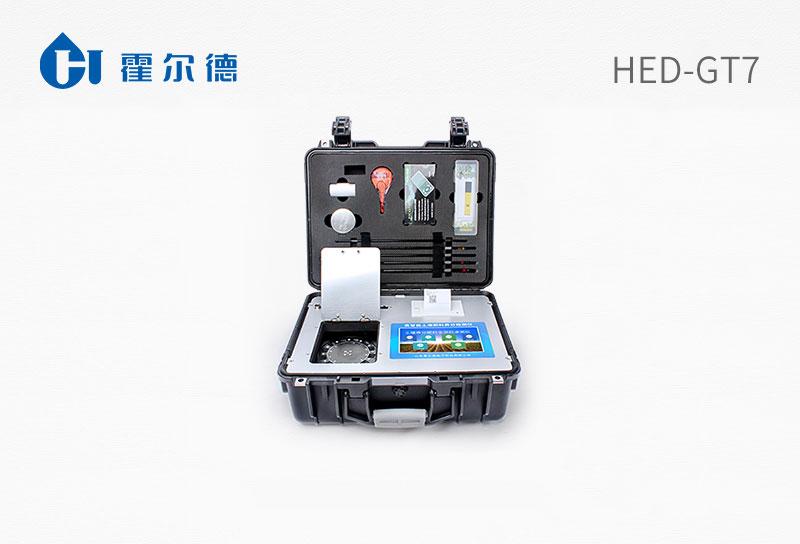
Highly intelligent soil heavy metal element analyzer
manufacturer:Shandong Horde Electronic Technology Co., Ltd.
Introduction:The manufacturer of Highly intelligent soil heavy metal element analyzer「Horde Electronic」 has mastered the research and development technology of Highly intelligent soil heavy metal element analyzer, with more than 10 years of experience in manufacturing Highly intelligent soil heavy metal element analyzer. The quality is reliable, the detection accuracy is high, and the price competitive advantage of the source manufacturer is obvious. Welcome to call for more information.
Update time:2025-12-14
- Contact: Contact Information
- Phone:008619053605658
Product Recommendation
Product Details
Features
1. Android smart operating system, adopts more efficient and user-friendly operation. The instrument has network cable connection, wifi network upload, 4G wireless remote transmission function, and fast data upload.
2. Adopt high-precision filter technology independent analysis method (No.: ZL 2018 2 1777724.7), the colorimetric tank part adopts standard 1cm colorimetric dish, no mechanical displacement and wear, accurate optical path test positioning, and ensures that the test results are better than national standards.
3. The instrument has 12 detection channels, which can detect and compare multiple samples at one time to reduce the detection cost.
4. The instrument has a built-in new generation of high-speed thermal printer, which can automatically print the test report and QR code after the test is completed.
5. Each channel is equipped with a four-wavelength cold light source, which can expand more detection elements. All light sources realize constant current and voltage stabilization to ensure wavelength stability, good reproducibility and high accuracy.
6. Display mode: 7-inch LCD touch screen display, user-friendly operation interface, intuitive and simple reading.
7. It can be used for both AC and DC, can be connected to the vehicle power supply, and is equipped with a 6ah large-capacity rechargeable lithium battery, which is convenient for outdoor mobile testing.
8. The instrument has a supervision platform. The test data can be uploaded to the supervision platform, and the platform can be used for data monitoring and data statistics.
9. The main control chip uses ARM Cortex-A7, RK3288/4 core processor, with a main frequency of 1.88Ghz, which runs faster and has stronger stability.
10. Reliable performance, working stability is 5-6 times better than the national standard JJG79-90 standard, and the repeatability reaches the grating spectrophotometer index. It adopts microprocessor technology, single-chip control, touch buttons, and easy operation.
11. The heavy metal test adopts joint digestion and sub-item test technology to simplify the test process, reduce the test time, greatly improve the test efficiency, and improve the test accuracy.
12. Strong scalability. The instrument can not only be used for the detection of heavy metals, but also can be expanded to the test of nutrients in soil, fertilizers, and plants. One machine can be used for multiple purposes.
13. The soil heavy metal detector integrates medicine, instrument and instrument in one, which is equivalent to a small laboratory. It is easy to carry, convenient for on-site testing and mobile service.
Determination items
The high-intelligence soil heavy metal element analyzer determines heavy metals (lead, arsenic, chromium, cadmium, mercury, iron, zinc, manganese and copper) in soil, fertilizer, food, vegetables and fruits.
Instrument extension test items
The instrument can be extended to determine the nutrient content of soil and fertilizer.
Function and test items
(I) After the sample is digested, all forms of heavy metals (including arsenic, lead, cadmium, chromium, mercury, nickel, iron, aluminum, zinc, manganese, copper, etc.) are converted into ion forms. After adding relevant detection reagents, the color is developed. Within a certain concentration range, the depth of the solution color is proportional to the content of heavy metals, obeying the Lambert-Beer law, and then the content value is determined by the instrument. It is compared with the national standard for agricultural product safety quality and pollution-free vegetable safety requirements to determine the heavy metal content of vegetable samples.
(II) Detection principles and standards for various heavy metals
1. Detection principles and standards for heavy metal arsenic
The national standard (GB/T5009.11-2003) borohydride reduction colorimetric method is used, that is, after the sample is digested, potassium iodide-thiourea is added and heated to reduce pentavalent arsenic to trivalent arsenic. Under acidic conditions, potassium borohydride reduces trivalent arsenic to negative trivalent arsenic, forming arsenic hydrogen, which is introduced into the absorption liquid and turns yellow. The arsenic content is obtained by instrument detection.
2. Detection principles and standards for heavy metal lead
The national standard (GB/T5009.12-2003) disulfide hydrazone colorimetric method is used, that is, after the sample is digested, under weak alkaline conditions, lead ions and disulfide hydrazone form a red complex, which is dissolved in chloroform and then colorimetrically determined.
3. Detection principle and adoption standard of heavy metal chromium
After the sample is digested, in the presence of divalent manganese, chromium ions react with diphenylcarbazide to form a purple-red complex. The color depth of the complex is proportional to the hexavalent chromium content. The chromium content can be obtained by colorimetric determination.
4. Detection principle and adoption standard of heavy metal cadmium
The national standard (GB/T5009.15-2003) colorimetric method is adopted, that is, after the sample is digested, under alkaline conditions, cadmium ions react with 6-bromobenzothiazole azonaphthol to form a red complex, which is dissolved in chloroform and then colorimetrically determined.
5. Detection principle and adoption standard of heavy metal mercury
The national standard (GB/T5009.17-2003) disulfide hydrazone colorimetric method is adopted, that is, after the sample is digested, under acidic conditions, mercury ions react with disulfide hydrazone to form an orange-red complex, which is dissolved in chloroform and then colorimetrically determined.
Technical indicators
1. Instrument transmittance accuracy: ≥±0.5%
2. Instrument repeatability: ≤±0.05%
3. Instrument stability: no drift/30 minutes (after the instrument is preheated for 5 minutes)
4. Linear error: ≤0.2%
4. Instrument power consumption: ≤5W
5. Power supply: AC220V/50Hz or DC12V
6. Result output: built-in printer, USB.
7. Dimensions: 43×35×20cm
8. Host weight: 5.2kg
Product's Website:http://en.huoerd.com/trzjsjcy/97.html
 中文版
中文版 English
English







 Home
Home Phone
Phone Product
Product Contact
Contact